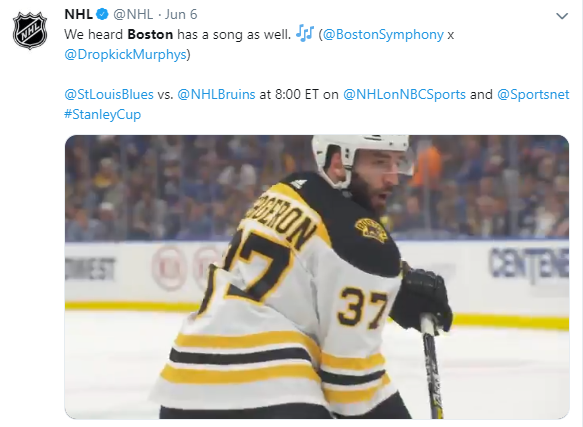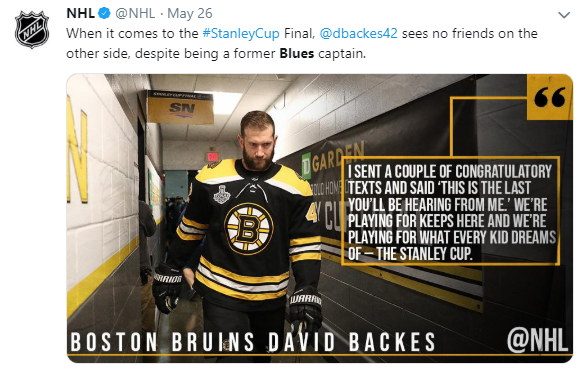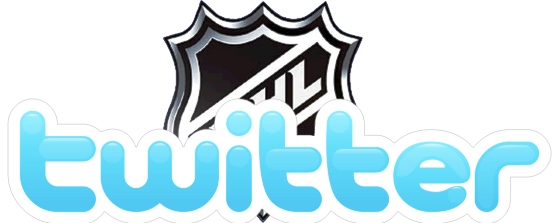If you follow sports, you probably follow sports on Twitter. Many fans find the social media site featuring a little bird to be a fun place to turn when watching games because of the opportunity it offers for real-time interaction with other fans who dish out trash talk and share funny images. Even outside of the live events, people go to Twitter to find tweets from players, fellow diehard fans, reporters, and analysts. And of course, fans love checking Twitter to scroll through the endless supply of sports memes.
The NHL noticed the excitement and widespread activity on Twitter from fans during the lead up to big games across sports, especially the NBA Finals (NBA Twitter is a fascinating place filled with some of the most unique characters you’ll find online). So, if the NBA can take advantage of Twitter, why can’t the NHL? Looking to increase TV viewership of the Stanley Cup Final, the league decided to ramp up its Twitter efforts. The NHL realized how passionate its fanbase is, and it found that audiences are more likely to tune in to live TV events after viewing Twitter content.
The NHL’s Twitter Strategy
The approach started with finding a way to catch the eye of Twitter users and make them stop mid-scroll. The league also wanted to abide by Twitter best practices and deliver content to its audience at the ideal time. Here are a few tactics it used.
1. 15-second Videos

The videos were short because people on Twitter are generally looking for brief bits of information that they can consume quickly (hence the platform’s character limit). Since users are in this mindset, they are not usually willing to commit the necessary time to watch a lengthy video. They would rather linger for a few seconds as they watch the video, then move on. Knowing the mindset that Twitter users have, the NHL conveyed its messages immediately, including early branding. The videos also work without sound, which is important since many people watch social media videos without sound. Even if you don’t have the resources at your disposal that the NHL does, you can still create compelling videos to deploy on social media. Keep that in mind as you prepare your own scroll-stopping social media content.
2. Static Photos

Much like the videos, the NHL also found static images to be effective. They consistently featured key players and clearly labeled the game time and TV channel information in both the image and the tweet text. By conveying the message clearly and incorporating the players who drew the most attention from the targeted fans, Twitter maximized engagement on the still photos.
3. Keyword Targeting

The keyword targeting that the NHL used allowed its tweets to reach the appropriate audiences, which were the fanbases of the two teams involved in the games. By using keywords that were on the minds of fans, the NHL was able to make its content show up when Twitter users were searching for related topics. These tactics are not overly complicated, but they were nonetheless effective because they supplied the information that fans were eagerly seeking.
4. Relevant Information & Hype

The crucial information that the NHL made sure to include in all its content was the time of the games, the TV channel airing the games, and the teams playing (of course, the fans know who is playing, but tagging the teams’ Twitter handles helps boost engagement with content). These sorts of basic tweets simply laid the foundation for the content efforts. The NHL also created additional hype tweets that highlighted key players, the coaches, and included team hashtags.
The Results
The NHL saw boosts in TV ratings ranging from 40 to 66 percent. The league found that its efforts were most effective with the audiences of the two teams playing in the games. These fans were targeted with specific keywords and hashtags that fostered interactions online and corresponded with increased TV viewership.
The NHL also used something called conversation targeting, which is an option that allows advertisers to quickly key in on specific groups of users based on the conversations they are having. Conversation targeting goes a step further than typical targeting because it incorporates the context of the conversation, which accounts the users are following, and what content they are viewing.
Clearly, this Twitter strategy worked well for NHL, making the social media platform a valuable marketing option when used appropriately. Are you satisfied with your company’s marketing success on social media platforms, like Twitter and Instagram? Perhaps you can apply some of these tactics to your own marketing efforts. We can help with that. Give us a shout. Let’s grab coffee.
